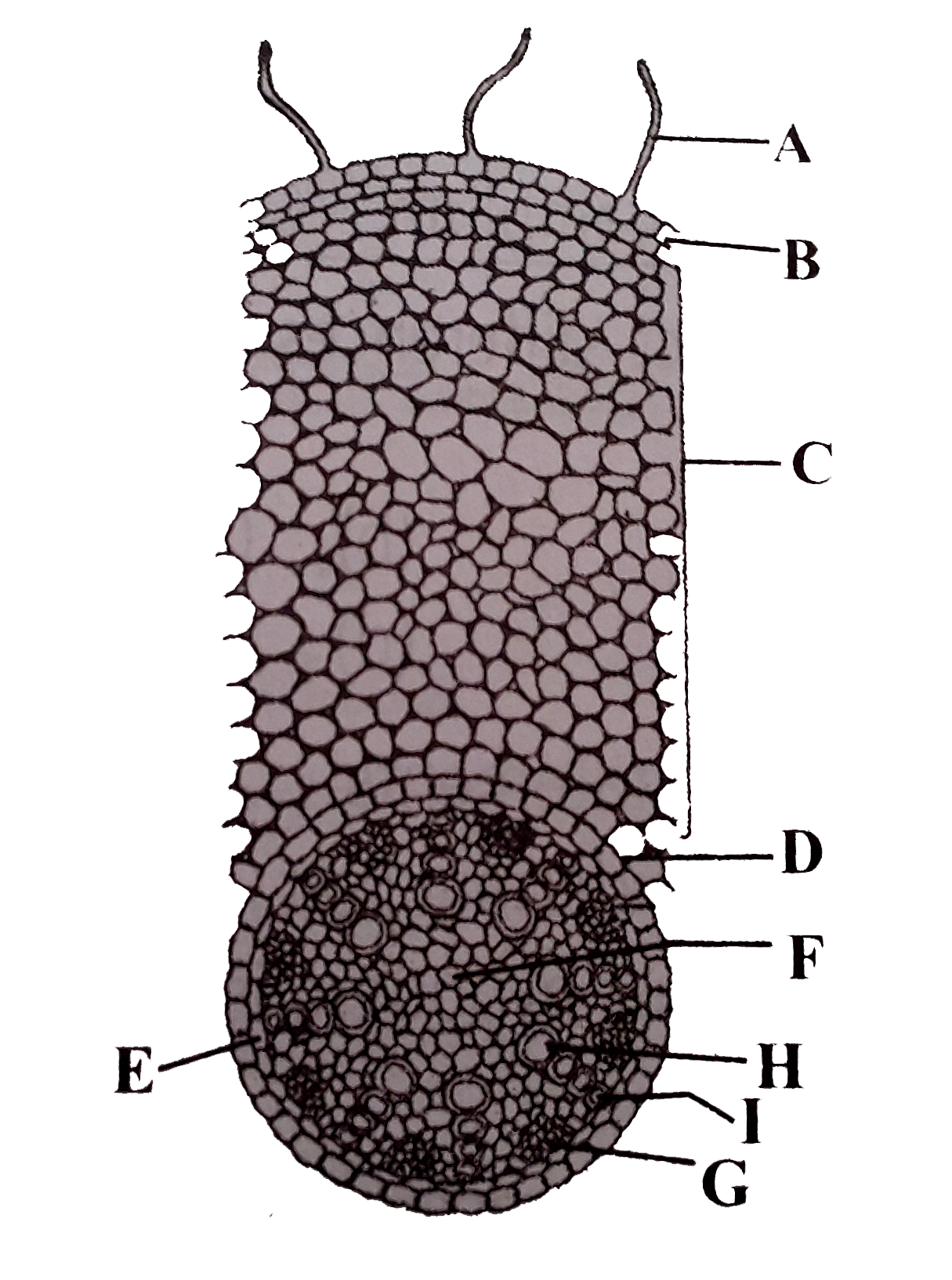Write about the function of vulva and identify its different parts.
Step-by-Step Text Solution:
1. Definition of Vulva: The vulva is the external part of the female genitalia, serving as the entrance to the vagina and the urethra. It plays a crucial role in the reproductive process.
2. Function of Vulva: The primary function of the vulva is to protect the internal reproductive organs and provide a passage for menstrual fluid, vaginal secretions, and childbirth. It also plays a role in sexual arousal and pleasure.
3. Parts of the Vulva:
- Labia Majora: These are the outer folds of skin that encase the vulva. They provide cushioning and protection for the internal structures of the female reproductive system.
- Labia Minora: Located just inside the labia majora, these are the inner folds of skin. They also serve to protect the vaginal and urethral openings and are sensitive to touch, contributing to sexual arousal.
- Clitoris: This is a small, sensitive organ located at the top of the vulva. It contains a high concentration of nerve endings and is a key area for sexual arousal and pleasure.
4. Summary: The vulva consists of several parts, including the labia majora, labia minora, and clitoris, each serving protective and sensory functions that are vital for the female reproductive system.
- Labia Majora: These are the outer folds of skin that encase the vulva. They provide cushioning and protection for the internal structures of the female reproductive system.
- Labia Minora: Located just inside the labia majora, these are the inner folds of skin. They also serve to protect the vaginal and urethral openings and are sensitive to touch, contributing to sexual arousal.
- Clitoris: This is a small, sensitive organ located at the top of the vulva. It contains a high concentration of nerve endings and is a key area for sexual arousal and pleasure.
Topper's Solved these Questions
- BOOK - PEARSON IIT JEE FOUNDATIONCHAPTER - REPRODUCTION IN HUMAN BEINGSEXERCISE - MASTERING THE CONCEPTS (Assertions and Reasons )11videos
REPRODUCTION IN HUMAN BEINGS
- BOOK - PEARSON IIT JEE FOUNDATIONCHAPTER - LIFE PROCESSES IN PLANTSEXERCISE - ASSESSMENT TESTS (ANSWER THE FOLLOWING QUESTIONS)14videos
LIFE PROCESSES IN PLANTS
- BOOK - PEARSON IIT JEE FOUNDATIONCHAPTER - REPRODUCTION IN LOWER ORGANISMS AND PLANTSEXERCISE - ASSESSMENT TESTS (ANSWER THE FOLLOWING QUESTIONS)11videos
REPRODUCTION IN LOWER ORGANISMS AND PLANTS
Similar Questions
Knowledge Check
- Question 1 - Select One

Transverse section of a part of a typical monocotyledonous root has been shown in the given figure. Identify the different parts (from A to I) and select the correct option.AA-Root hair, B-Epiblema, C-Cortex, D-Endodermis
E-Pericycle, F-Pith, G-Phloem, H-Metaxylem, I-ProtoxylemBA-Root hair, B-Epiblema, C-Cortex. D-pericycle, E-Endodermis, F-Pth, G-Phloem, H-Metaxylem, I-ProtoxylemCA-Root hair, B-Epiblema, C-Cortex, D-Endodermis, E-Pericycle, F-Pith, G-Phloem, H-Protoxylem, I-MetaxylemDA-Root hair, B-Cortex, C-Epiblema, D-Pericycle, E-Endodermis, F-Passage cell, G-Protoxylem, H-Phloem, I-Metaxylem
Write about the function and principle of ELISA technique.
View SolutionWrite the functions of the above mentioned parts.
View SolutionDraw a labelled diagram of the sectional view of a mature pollen grain in angiosperms. Explain the functions of its different parts.
View SolutionIdentify the organ where 90 per cent of the food gets digested and also explain its different parts.
View SolutionWhat is GM plant? Write its different advantages.
View SolutionWhat are the major parts of the brain? Mention the functions of different parts.
View SolutionIdentifying and dividing the work' is the first step in the process of this function of management. Identify the function
View Solution

